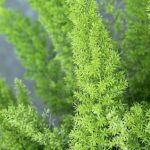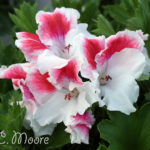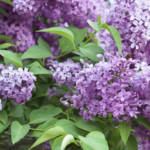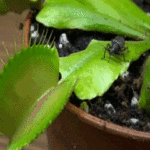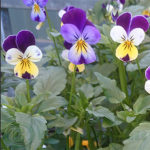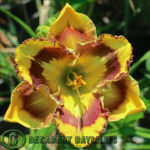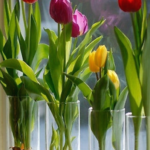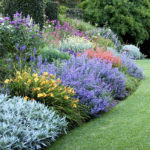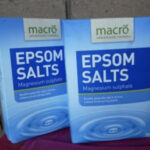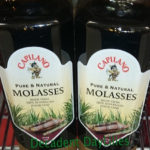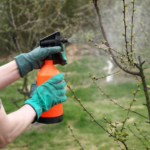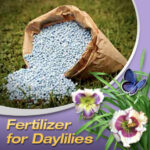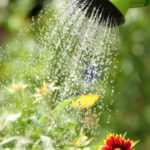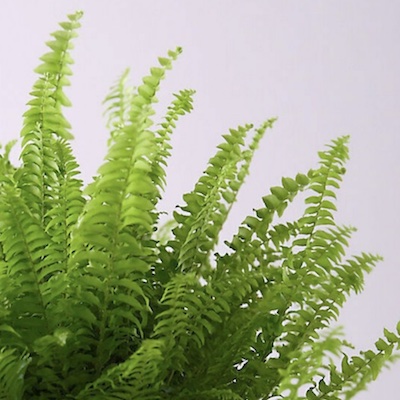
How to Grow and Care for Boston Fern
Boston Ferns – Growing Caring and Propagation
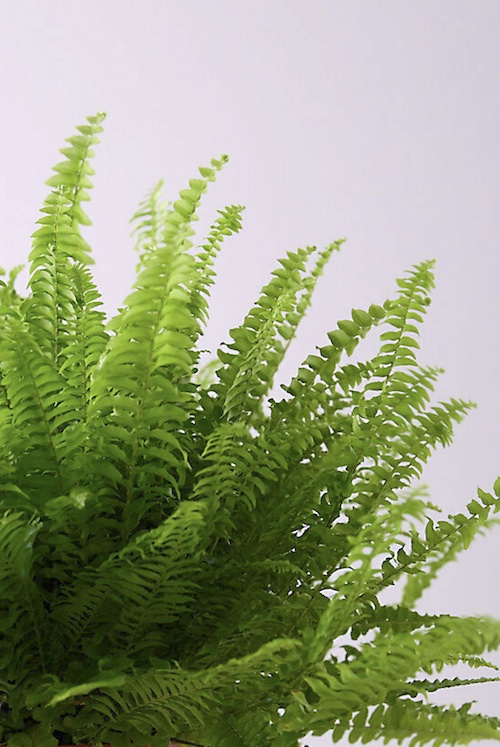 Boston Ferns or Nephrolepis Exaltata is one of the popular hardy varieties of ornamental ferns with its light green leaves and hanging fronds. They are native to subtropical and tropical rain forests which have humid conditions. The Boston Ferns is a multi-purpose plant. They are perfect porch and indoor air purifying plants that are very undemanding and resilient. The fronds of this fern are 50 to 250 cm long and have alternate pinnas which are 2-8 cm long. The edges of the leaves are slightly serrated. Due to the arching fronds, it is ideal to grow them in hanging baskets or containers. If the plant gets hit by frost once, the plant leaves appear to be brown or dead at first, but it re-emerges growth during early spring. They are highly tolerant of drought. If given proper care, Boston Ferns can remain a part of your garden for years.
Boston Ferns or Nephrolepis Exaltata is one of the popular hardy varieties of ornamental ferns with its light green leaves and hanging fronds. They are native to subtropical and tropical rain forests which have humid conditions. The Boston Ferns is a multi-purpose plant. They are perfect porch and indoor air purifying plants that are very undemanding and resilient. The fronds of this fern are 50 to 250 cm long and have alternate pinnas which are 2-8 cm long. The edges of the leaves are slightly serrated. Due to the arching fronds, it is ideal to grow them in hanging baskets or containers. If the plant gets hit by frost once, the plant leaves appear to be brown or dead at first, but it re-emerges growth during early spring. They are highly tolerant of drought. If given proper care, Boston Ferns can remain a part of your garden for years.
Ideal Conditions for Growing Boston Ferns Indoors
The Boston Fern requires a cool place and humid conditions to grow and establish. The plant needs lots of indirect sunlight as well. If proper growing conditions are not provided when growing indoors, the fern will start to shed the leaves or will appear dull or lifeless. You’ll need to place it near windows when kept indoors.
· The ideal daytime temperature for this plant indoors is from 20-25C and will tolerate evening temperature is from 12-18C
· Lower night temperatures help to prevent the fungus attack.
· When planted indoors these plants require additional humidity.
· Misting the ferns on a daily basis or using a humidity tray will provide the necessary humidity
. Opening windows for 2 hours a day in humid climates can help bring humidity indoors.
· Plants can be hung from the ceiling or sat on a tall pedestal plant stand indoors.
During the winter months, you can consider using a humidifier or moving your plant to the bathroom to provide the humidity that is needed. During warmer months, ensure that the soil is watered thoroughly, but it should not be left waterlogged. Boston ferns need more frequent watering during the hotter months but are still drought tolerant.
Boston ferns are also light feeders and can be fed during spring when they are actively growing. Feed a dose of half strength or less, of a water soluble fertiliser after winter, used as a pick-me-up for new seasons growth and colour.
Good Tips! Remember, too much fertiliser can burn the tips of your Boston Ferns, and over watering your Boston fern can cause root rot, causing the leaves to go yellow resulting in the death of your plant. Boston Ferns will not survive extremely cold winter nights out in the open.
Sword Ferns are Not Boston Ferns, though!
What is the difference between a Sword Fern and a Boston Fern?
Sword Ferns are grown in the ground and are reliable groundcover plants that grow vertically.
Boston ferns are typically cultivated in hanging baskets and mature into lovely long cascading fronds.
How to Set Humidity Tray?
A humidity tray will reduce the time needed for this ferns care. The humidity tray is a good option to provide the required humidity to the plant without drowning it. You can create a humidity tray by placing a layer of stones or pebbles on a tray and placing the fern container above the pebbles. Add water to the tray so that the water is near the top of the pebbles. The water evaporating from the tray will provide the necessary humidity. Never leave the pot of Boston Fern sitting in water.
Outdoor Growing Tips – How Do I Care for My Outdoor Boston Fern
Best for cool and temperate climates outdoors.
1) I grow my Boston Fern outdoors all year round. It is very simple compared to growing them indoors. I cannot provide the humidity indoors that the Boston Fern needs to survive.
2) I have my plant positioned in a partially shaded area where it gets morning sun undercover.
3) The soil is watered deeply once a week in the hot summer and occasionally during the rest of the year.
4) My Boston Fern is planted in a tall pot with soil that is rich in organic matter and is well drained.
5) I fertilise my plant once a year, in early spring with a light application of blood and bone fertiliser and a light strength of a seaweed tonic once or twice during the growing season to give the plant a good healthy start after the winter months.
It doesn’t hurt to place the potted indoor houseplants outdoors any time of the year where they can be protected from hot winds and winter frosts at the same time where they get dappled or bright light, they will survive easily. This will freshen up the plant after it has been inside for a long time.
Why do Boston Ferns Die Indoors?
Dry air and a lack of water are common causes of Boston Ferns death when grown indoors. Dry air is produced by both winter heating wood fires and gas heaters and summer cooling systems.
Propagation of Boston Ferns
The easiest way to propagate Boston ferns is by using the runners and stolons or by the division of the existing parent plant during spring.
Take an offset with the roots formed and plant them in the quality soil to create a new plant. When dividing and repotting the plant for propagation, allow the roots to dry out for a few days before you start.
Slice the root ball using a sharp knife into a smaller bunch and trim the roots to about 2 inches long.
Plant them in potting soil and keep the soil moist till the new frond growth or baby ferns grow.
Boston Ferns are slow growing and will only need propagating every few years.
Ferns don’t propagate from seed, rather see how you can propagate your own Boston Ferns from spores.
Purifying the Air Quality in your House with Boston Ferns
Boston Fern is one of the best air-purifying house plants. They absorb common home pollutants such as formaldehyde and benzene in the same way that they collect carbon dioxide from the air and convert it to oxygen. A healthy Boston Fern will definitely detox your house leaving only clean air.
This plant will definitely help Asthma and Allergy sufferers grown indoors.


